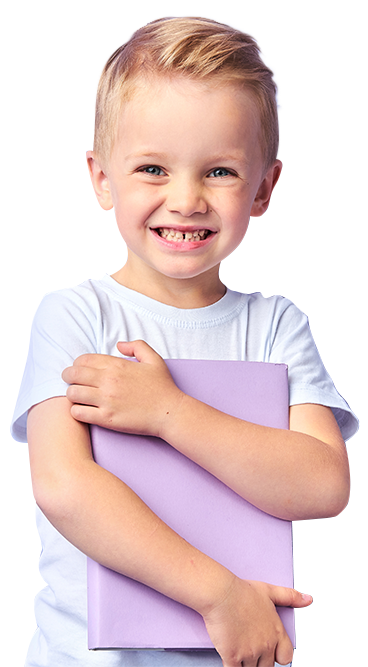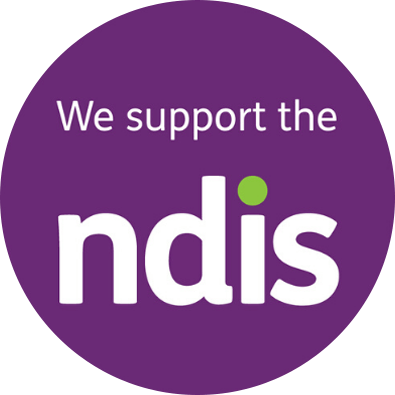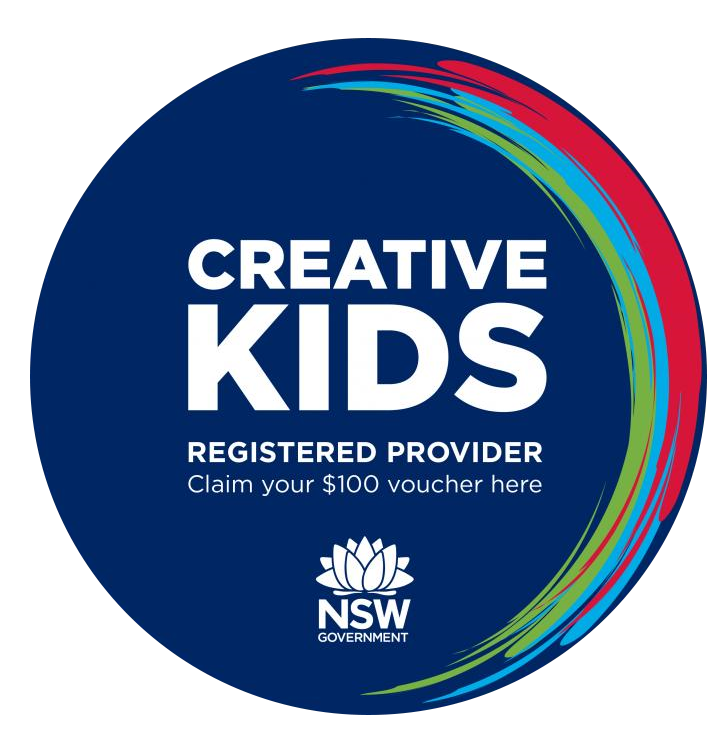Early Intervention
Early intervention services can change a child's developmental path and improve outcomes for children. Delays in communication and language development are often the first sign of developmental problems in young children.
Early intervention should happen as soon as possible after a child’s needs are identified.
Multisensory learning is a specialised relevant tool for teaching children with special learning or behavioural needs including dyslexia, autism spectrum disorder (ASD), ADHD and ADD. children with a developmental delay and other additional needs.
Multisensory teaching takes into account that different kids learn in different ways. It helps meet the varying needs of all kids—not just those who learn and think differently.
By providing multiple ways to learn, multisensory learning gives all children a chance to thrive.
What is Multisensory Learning Techniques?
"Multisensory" is a big word that means "many senses." Multisensory learning involves two or more senses within the same activity. It taps into a child's natural learning style, helping them focus better and providing more ways for understanding new information, more ways to remember it and more ways to recall it later.
Multisensory learning can be particularly helpful for students with learning disabilities and cognitive limitations.
We can provide assistance with:
- speech
- severe apraxia/articulation disorders
- language disorders/aphasia of varying degrees
- language and learning difficulties
- dyslexia and dyscalculia
- attention deficit disorders with and without hyperactivity in conjunction with coexisting language learning disabilities
- autism/PDD
- CAPD



